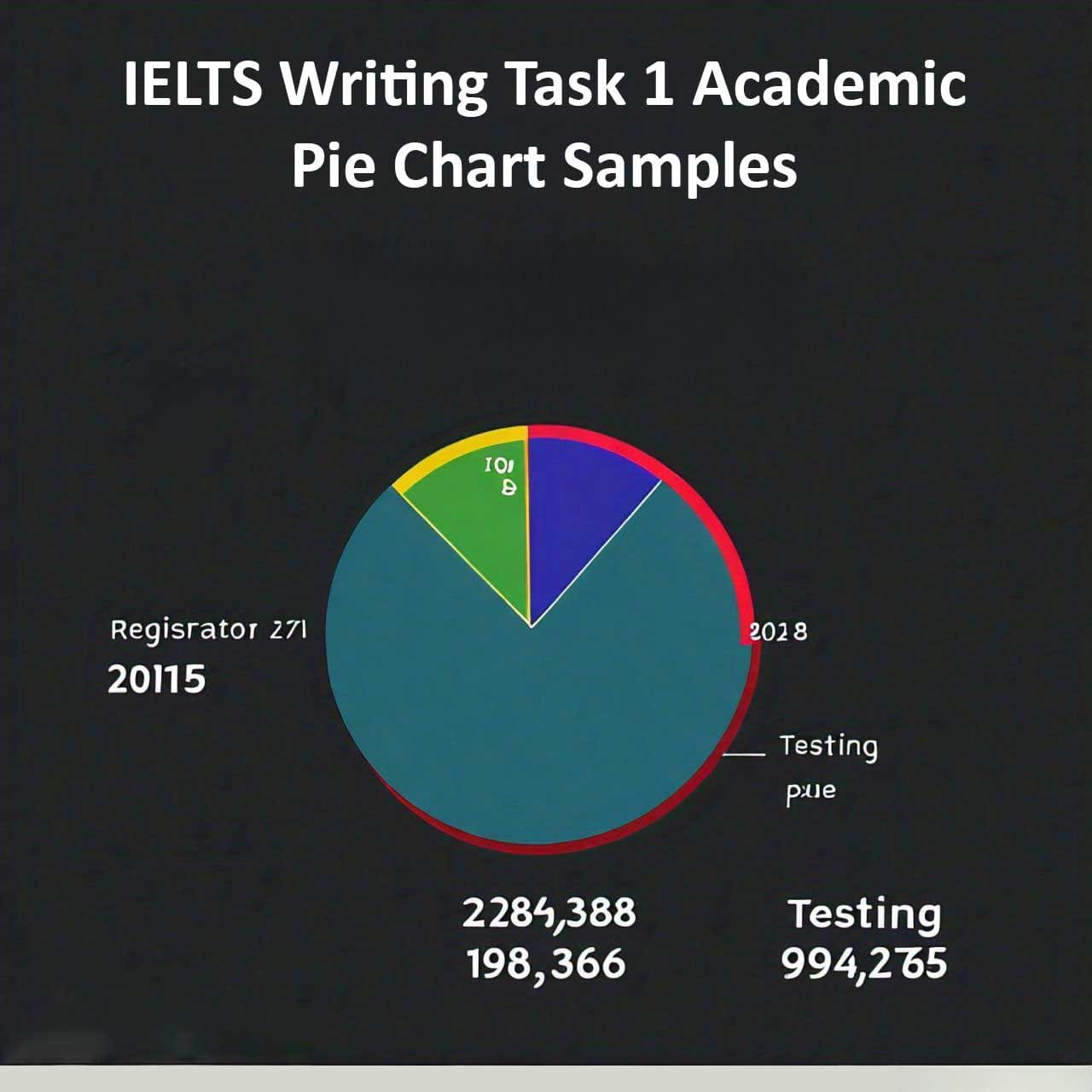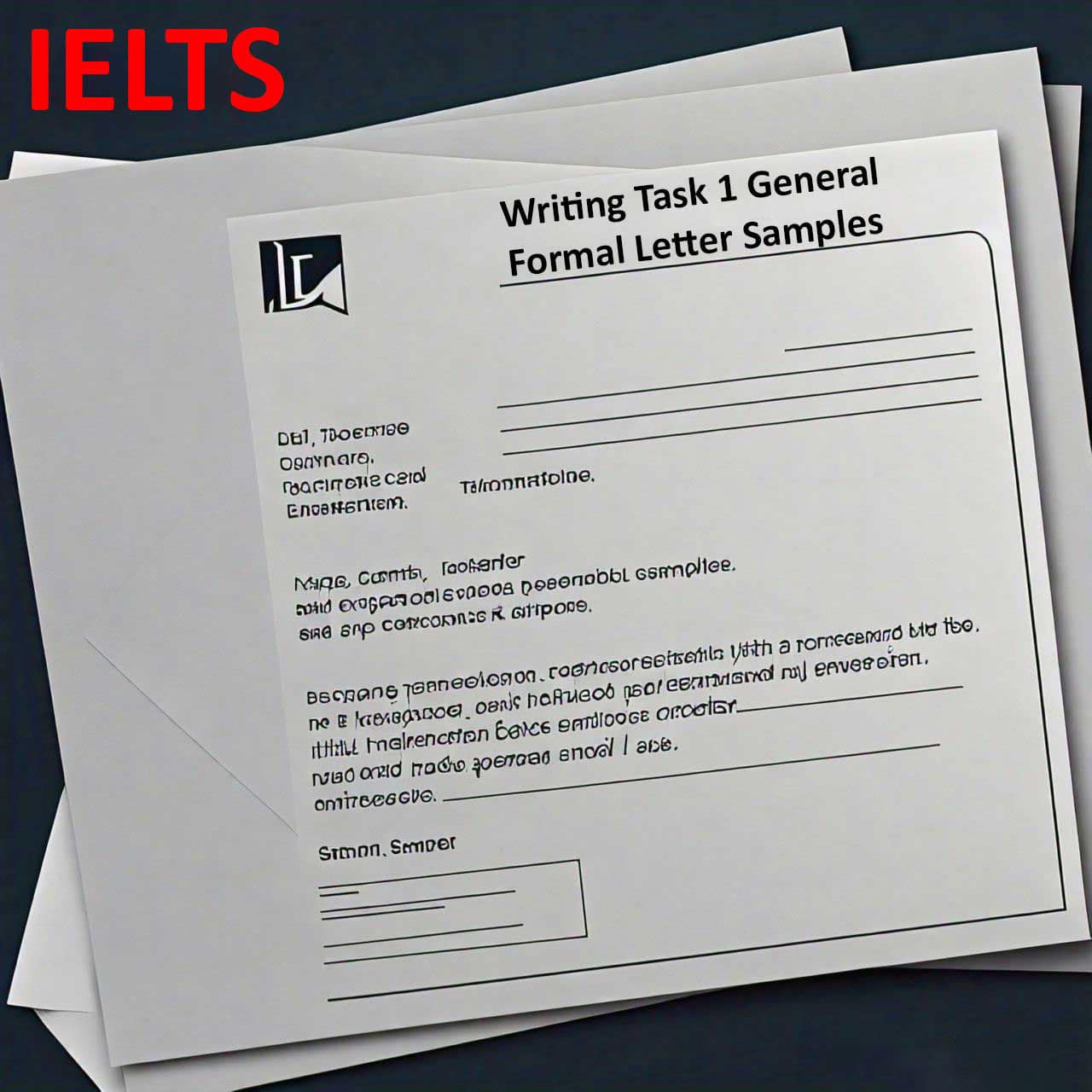In the IELTS Writing Task 1 Academic module, candidates are tasked with describing and interpreting visual data presented in the form of graphs, charts, tables, or diagrams. One common type of visual data is the pie chart, which illustrates proportions or percentages of a whole. This task assesses your ability to accurately report information, analyze data distribution, and describe relationships between categories. In this blog post, we will explore the format of IELTS Writing Task 1 Academic pie charts, provide sample responses, and offer tips to help you excel in this section of the exam.
Table of Contents
Understanding IELTS Writing Task 1 Academic Pie Charts
A pie chart in the IELTS context typically presents data showing the distribution of categories or components as parts of a whole. Each sector of the pie represents a category or subcategory, and the size of each sector corresponds to its proportion or percentage of the total. Your task is to summarize the information presented in the pie chart, identify significant proportions or patterns, and make comparisons where relevant.
Key Components of a Pie Chart
1. Title: Describes the main topic or subject of the pie chart.
2. Sectors: Individual segments of the pie representing different categories or components.
3. Percentages: Percentage values associated with each sector, indicating its proportion of the total.
4. Data Labels: Numerical values or percentages displayed within or near each sector to show exact proportions.
Now, let’s look at some sample prompts and corresponding responses for IELTS Writing Task 1 Academic pie charts:
Sample Pie Chart Samples
Prompt: The pie chart below shows the distribution of household expenses in a city. Summarize the information by selecting and reporting the main features and make comparisons where relevant.
Sample Response:
The pie chart illustrates the distribution of household expenses in a city.
Overall, the largest proportion of household expenditure was on Housing, which accounted for 35% of total expenses. This was followed by Transportation and Food, each making up 20% and 25% of total expenses, respectively. The smallest proportion was allocated to Leisure activities, comprising only 10% of total household expenditure.
In terms of absolute figures, Housing expenses were the highest, followed by Food and Transportation. Notably, although Leisure activities accounted for the smallest percentage, it still represented a significant amount in monetary terms.
In conclusion, the pie chart demonstrates the allocation of household expenses in the city, highlighting the priorities and distribution of spending among different categories.
Prompt: The pie chart below shows the distribution of global energy consumption by source in the year 2020. Summarize the information by selecting and reporting the main features and make comparisons where relevant.
Sample Response:
The pie chart presents the distribution of global energy consumption by source in the year 2020.
Overall, Fossil Fuels constituted the largest share of global energy consumption, accounting for 60% of total energy use. This was followed by Renewable Energy sources, which contributed 30% to global energy consumption. Nuclear Energy and Other sources made up the remaining 10% collectively.
In terms of renewable sources, Solar and Wind energy were the predominant contributors, each representing approximately 15% of global energy consumption. Bioenergy and Hydroelectric power accounted for smaller but still significant shares, each contributing around 5%.
In conclusion, the pie chart provides a clear overview of the global energy consumption landscape in 2020, emphasizing the dominance of fossil fuels while highlighting the growing significance of renewable energy sources.
Tips for Excelling in IELTS Writing Task 1 Academic Pie Charts
1. Understanding the Prompt: Carefully read and understand the prompt to ensure you address all aspects of the task.
2. Analyzing Proportions: Identify and describe significant proportions or percentages represented by each sector of the pie chart.
3. Making Comparisons: Compare different categories or components presented in the pie chart to highlight differences or similarities.
4. Organizing Your Response: Structure your response logically with an introduction (paraphrasing the prompt), body paragraphs (describing main features and proportions), and a conclusion (summarizing key points).
5. Using Descriptive Language: Use a variety of descriptive language to accurately portray the data and proportions shown in the pie chart.
By practicing with these sample pie charts and following the tips provided, you can enhance your skills in describing and analyzing data for IELTS Writing Task 1 Academic. Regular practice, reviewing feedback from teachers or peers, and focusing on improving your coherence and accuracy will help you achieve success in this section of the exam. Best of luck!
This blog post aims to guide you through the process of effectively interpreting and describing pie charts for IELTS Writing Task 1 Academic, offering practical examples and actionable tips to boost your preparation and confidence on test day.



